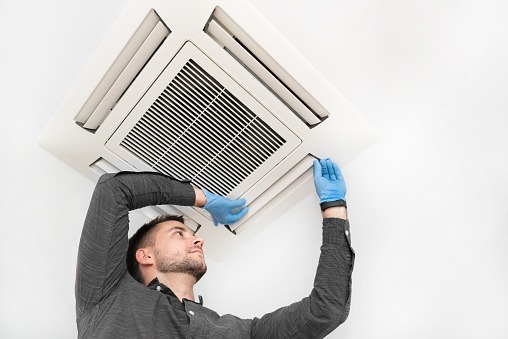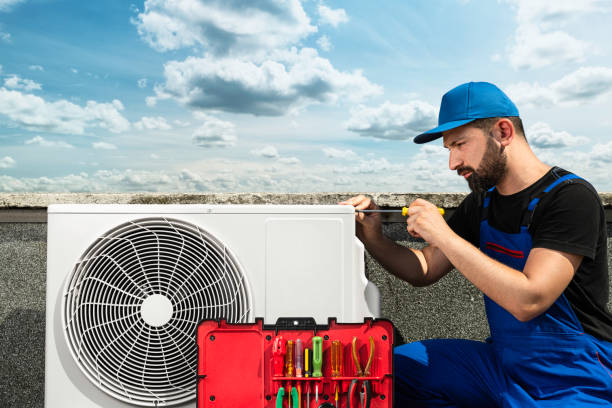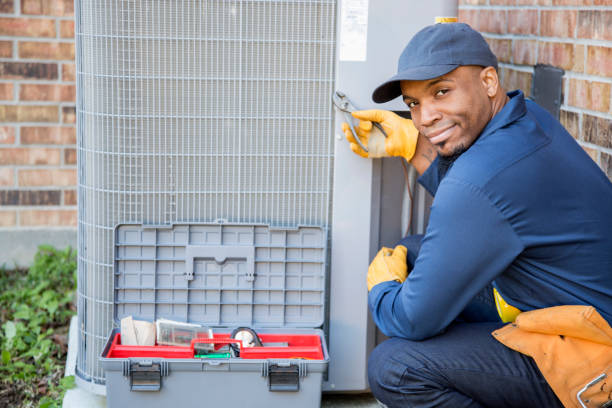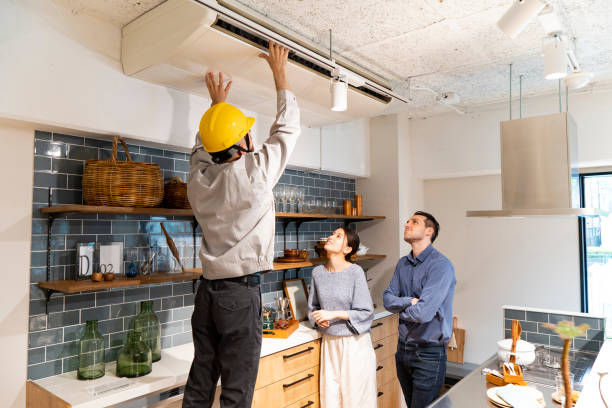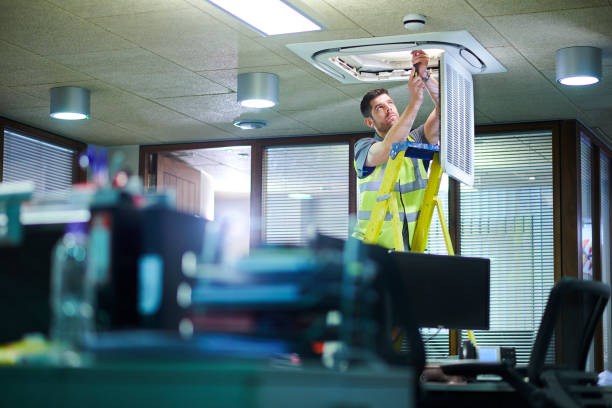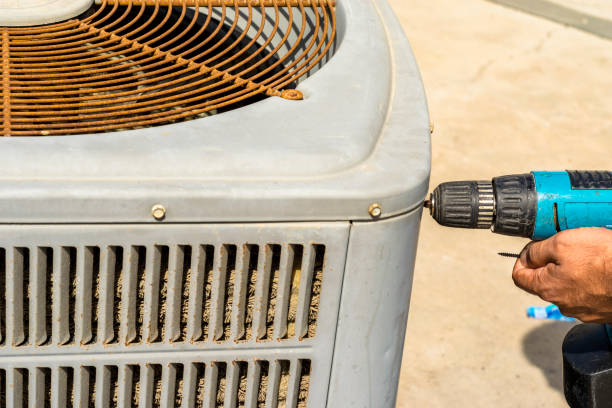Airflow Optimization with Air Conditioning
Introduction
Air conditioning systems play a crucial role in maintaining indoor comfort, especially in regions with extreme temperatures. However, the efficiency of these systems is not solely dependent on the power of the air conditioner; airflow optimization is equally vital. In this article, we explore the significance of airflow in air conditioning systems and discuss strategies to enhance efficiency and comfort.
Understanding the Importance of Airflow
Efficient airflow is fundamental for optimal cooling and energy conservation. Poor airflow can lead to uneven temperature distribution, increased energy consumption, and a compromised indoor air quality. By focusing on airflow optimization, you not only improve the performance of your air conditioning system but also contribute to cost savings and environmental sustainability.
Key Factors Influencing Airflow
1. Duct Design and Sealing
Proper duct design and sealing are essential for maintaining consistent airflow. Leaky or poorly designed ducts can result in air loss, reducing the system’s efficiency. Regular inspections and repairs can address these issues and ensure that conditioned air reaches every corner of your space.
2. Air Filter Maintenance
Clogged or dirty air filters can obstruct airflow, forcing the system to work harder and consume more energy. Regularly inspect and replace air filters to promote unrestricted airflow and improve the overall performance of your air conditioning unit.
3. Vent Placement and Direction
Strategic placement and direction of vents play a significant role in optimizing airflow. Ensure that vents are unblocked and positioned to facilitate even distribution of cooled air. Adjusting the direction of vents can also help direct airflow where it is needed most.
4. Thermostat Management
Proper thermostat settings contribute to optimal airflow. Set your thermostat to a comfortable temperature, avoiding extreme settings that may overwork the system. Programmable thermostats can help maintain consistent temperatures, adjusting airflow based on your preferences and occupancy patterns.
Strategies for Airflow Optimization
1. Regular Maintenance
Scheduled maintenance is crucial for preserving the efficiency of your air conditioning system. Professional inspections can identify and address issues such as duct leaks, refrigerant levels, and fan functionality, ensuring that the system operates at peak performance.
2. Invest in Smart Technologies
Consider upgrading your air conditioning system with smart technologies. Smart thermostats, for example, allow you to control temperature settings remotely and optimize airflow based on your daily routine. These technologies not only enhance comfort but also contribute to energy savings.
3. Upgrade to Energy-Efficient Equipment
If your current air conditioning system is outdated, consider upgrading to a more energy-efficient model. Modern units are designed with advanced features that not only cool effectively but also optimize airflow and reduce overall energy consumption.
4. Utilize Zoning Systems
Zoning systems enable you to control the temperature of different areas independently. This not only enhances comfort but also allows you to optimize airflow based on specific needs, preventing unnecessary cooling in unoccupied spaces.
Implementing Airflow Optimization in Real Life
Now that we’ve explored the theoretical aspects of airflow optimization, let’s delve into practical steps you can take to implement these strategies in real life.
1. Schedule Regular Professional Inspections
Engage the services of a qualified HVAC professional for regular inspections. These experts can identify and rectify issues that might go unnoticed, such as duct leaks, refrigerant leaks, or inefficient fan performance. Establishing a maintenance schedule ensures that your system operates at its best year-round.
2. DIY Maintenance Checks
While professional inspections are essential, there are routine checks you can perform yourself. Regularly clean or replace air filters, clear debris around outdoor units, and visually inspect ducts for any visible leaks. These simple tasks contribute significantly to maintaining optimal airflow.
3. Optimize Thermostat Settings
Take advantage of your thermostat’s features to optimize airflow. Set temperature schedules that align with your daily routine, allowing the system to operate more efficiently during peak usage times and conserve energy when cooling demands are lower.
4. Invest in a Programmable Thermostat
Consider upgrading to a programmable thermostat if you haven’t already. These devices allow you to set temperature profiles based on specific times and days, optimizing airflow according to your lifestyle. Some smart thermostats even learn your preferences over time, further enhancing efficiency.
5. Strategic Furniture Placement
Arrange furniture and other obstacles with airflow in mind. Ensure that vents are not obstructed by large pieces of furniture or curtains. By allowing air to circulate freely, you promote even temperature distribution throughout your living or working space.
6. Regularly Clean Vents and Ducts
Dust and debris can accumulate in vents and ducts over time, impeding airflow. Schedule regular cleaning to remove any obstructions and ensure that conditioned air can flow freely. This not only improves efficiency but also contributes to better indoor air quality.
7. Consider Zoning Systems
If your budget allows, explore the option of installing a zoning system. This technology divides your space into different zones, each with its thermostat and controls. By individually managing the temperature in these zones, you can optimize airflow and reduce energy consumption.
8. Monitor Energy Consumption
Keep track of your air conditioning system’s energy consumption. Many modern units come with energy usage monitoring features. By understanding when and how much energy your system is using, you can identify patterns and adjust settings for better efficiency.
9. Upgrade to Energy-Efficient Appliances
If you’re planning to replace your air conditioning system, invest in energy-efficient models. Look for units with high SEER (Seasonal Energy Efficiency Ratio) ratings, as these are designed to provide efficient cooling while minimizing energy consumption.
10. Seek Professional Guidance for Duct Design
When constructing a new building or renovating existing spaces, consult with HVAC professionals to optimize duct design. Properly designed and sealed ductwork ensures that cooled air reaches its intended destination, minimizing waste and maximizing efficiency.
Conclusion
Incorporating these practical steps into your approach to air conditioning can significantly enhance the performance and efficiency of your system. By combining regular maintenance with smart technologies and mindful habits, you not only create a more comfortable indoor environment but also contribute to environmental sustainability and cost savings. Remember, optimizing airflow is a continuous process that requires attention and care, but the rewards in terms of comfort, efficiency, and energy savings make it well worth the effort.

